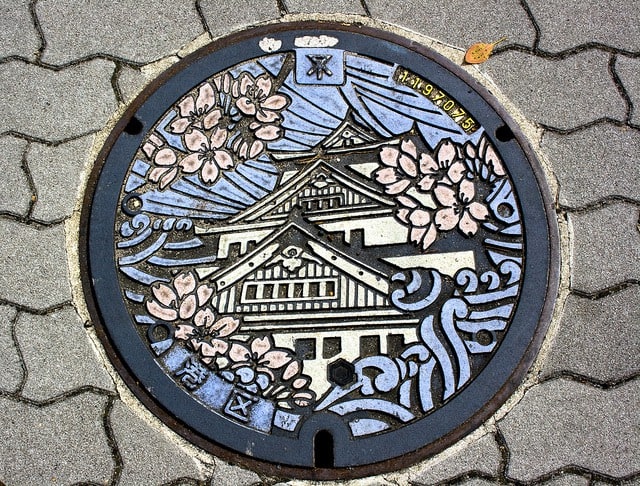
Oh yes! and i have never seen this before. This needs to become a global phenom. It clearly provides work for trained artists and provides a clear budget target for municipal art budgets which society already accepts.
those art budgets are actually getting thick on the ground and becoming harder to poace as well. Manhole covers can be an annual renewable that our a couple of decvades will create plenty of beauty. This is wonderful.
again the tech is all there for us as well. I will also add iron castings can be square or whatever as they are not hard to create. You literally carve a wooden template and stamp it into sand to produce what is a plate. the rest is likely trickier but also mastered as we can see here. This type of art can be affixed to concrete walls all over as permanent art. rust protection ma ybe an issue but that is iron quality as we can see from manholes. high quality iron is impervious to rust as seen ffrom ancient examples.
I expect that all our building practises are converging toward superior concrete, now that we are approaching full buildout on a global stage and will tolerate poor quality concrete work less. so permanent art is in the works folks. Who thought?
Behold the Unique Beauty of Japan’s Artistic Manhole Covers
July 19th, 2023
https://www.openculture.com/2023/07/behold-the-unique-beauty-of-japans-artistic-manhole-covers.html
Visitors to Japan can’t help but be struck by the beauty of its temples, its scenic views, its zen gardens, its manhole covers…
You read that right.
What started as a scheme to get taxpayers on board with pricey rural sewer projects in the 1980s has grown into a countrywide tourist attraction and a matter of civic pride.
Each municipality boasts its own unique manhole cover designs, inspired by specific regional elements.
A community might opt to rep its local floral or fauna, a famous local landmark or festival, an historic event or bit of folklore.
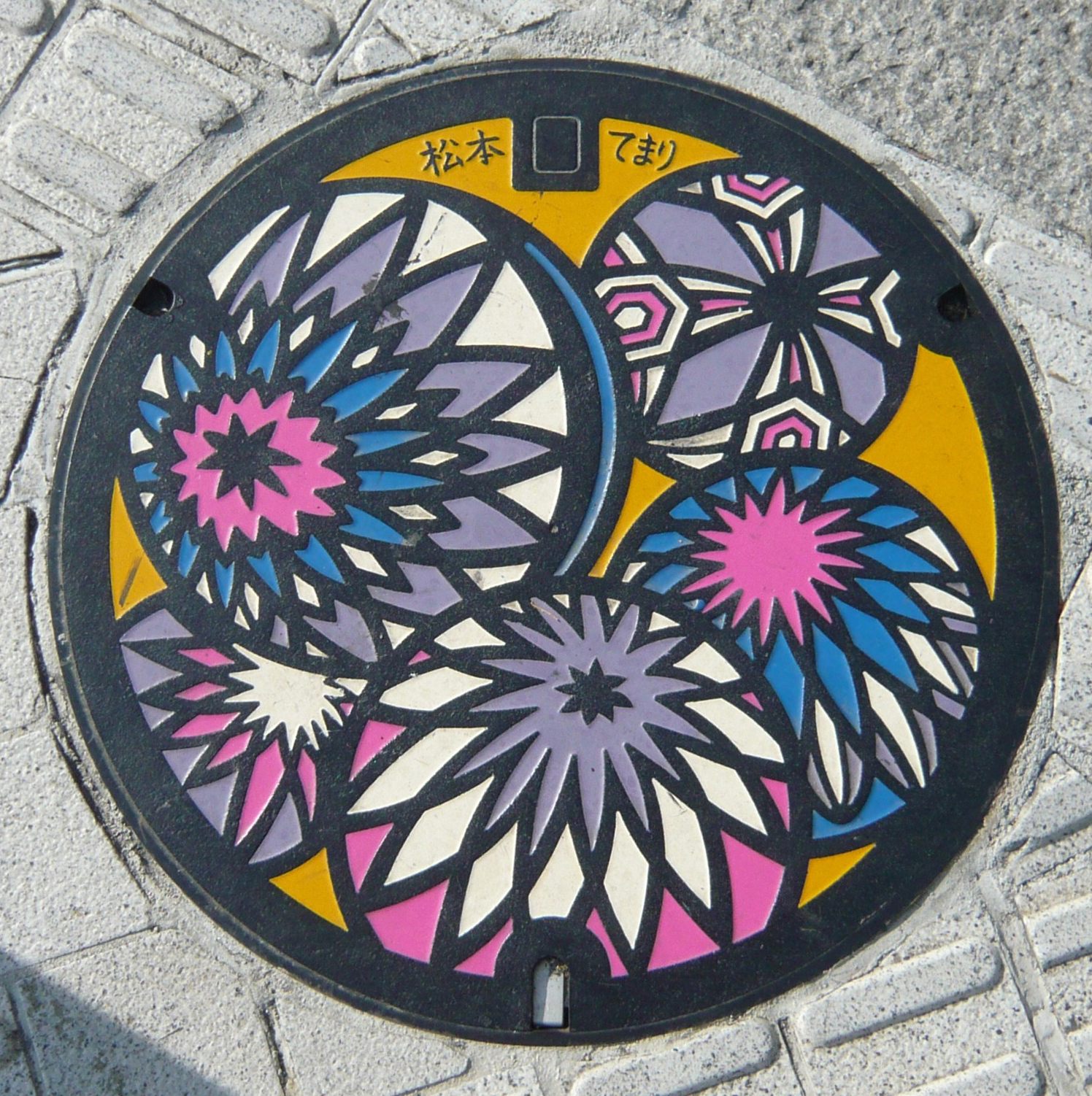
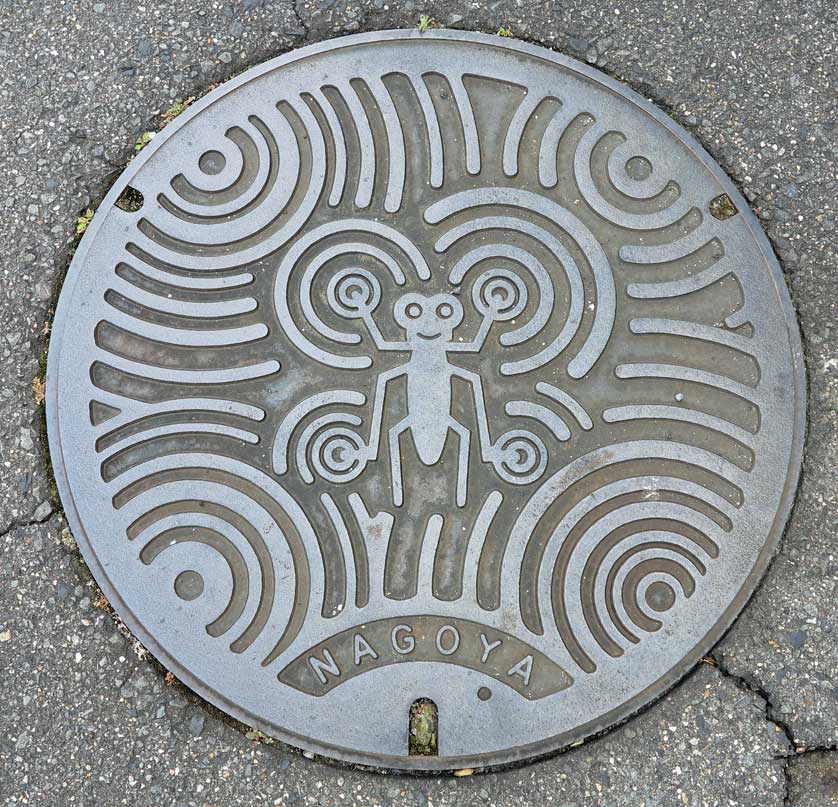
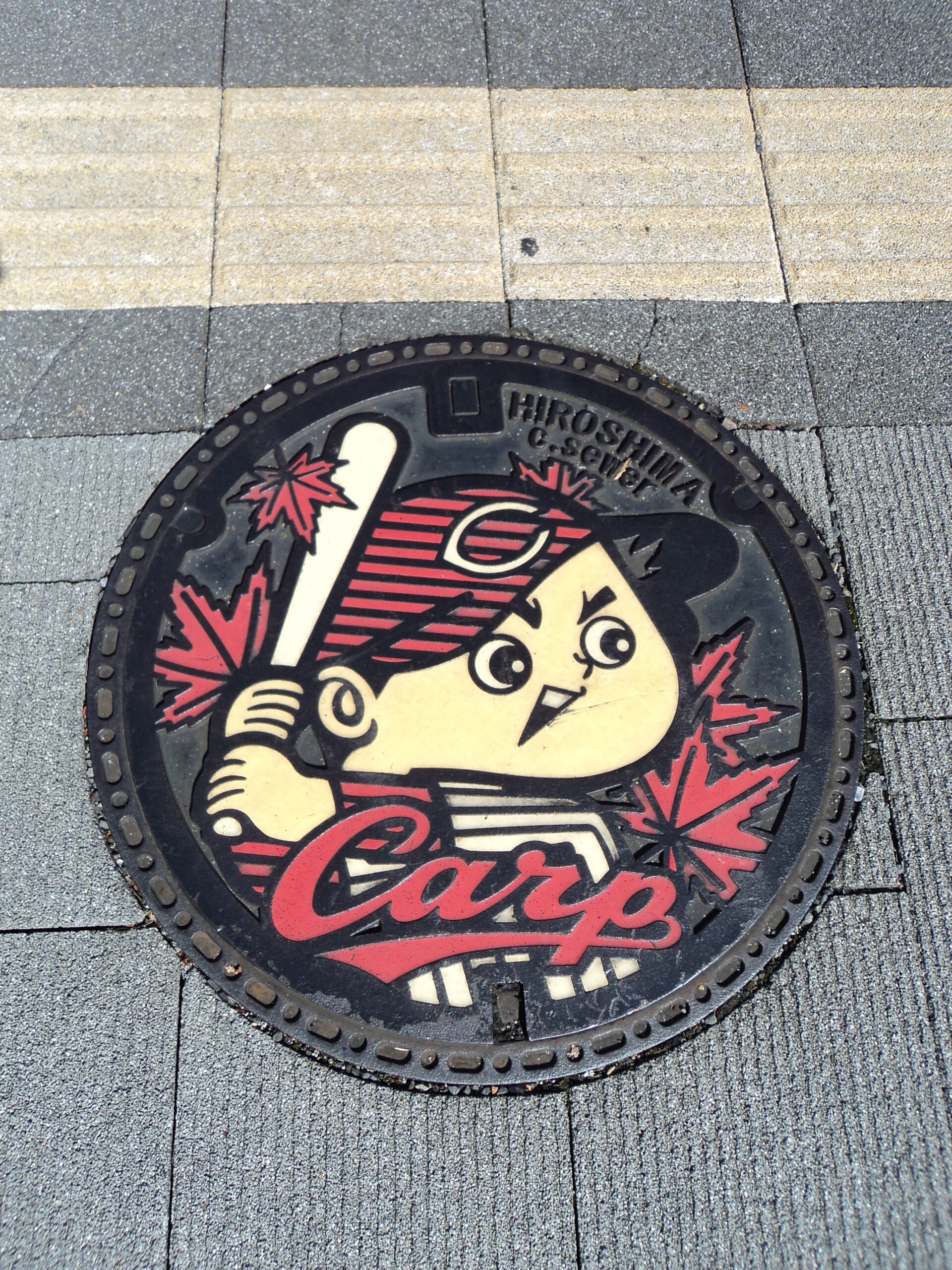

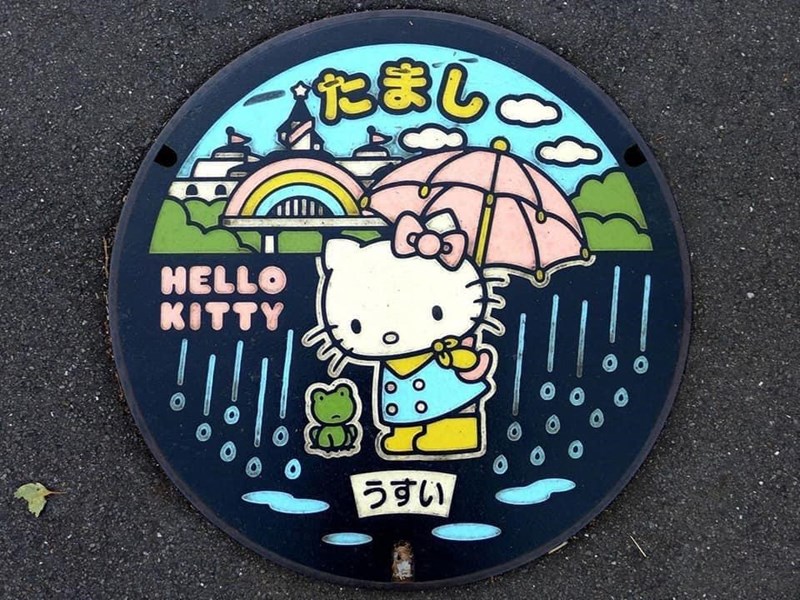
Matsumoto City highlights one of its popular folk craft souvenirs, the colorful silk temari balls that once served as toys for female children and bridal gifts.
Nagoya touts the purity of its water with a water strider – an insect that requires the most pristine conditions to survive.
Hiroshima pays tribute to its baseball team.
Osaka offers a view of its castle surrounded by cherry blossoms.
The proximity of the Sanrio Puroland theme park allows Tama City to lay claim to Hello Kitty and Pokémon-themed lids have sprung up like mushrooms from Tokyo to Okinawa.
Most of Japan’s 15 million artistic manhole covers are monochromatic steel which makes spotting one of the vibrantly colored models even more exciting.
In the fifty some years since their introduction, an entire subculture has emerged. Veteran enthusiast Shoji Morimoto coined the term “manholer” to describe hobbyists participating in this “treasure hunt for adults.”
Remo Camerota documents his obsession in Drainspotting: Japanese Manhole Covers and American traveler Carrie McNinch shares the joy of stumbling across previously unspotted ones in her autobiographical comic series You Don’t Get There From Here.

The ongoing popularity of this officially sanctioned street art is evidenced by the Japanese Society of Manhole Lovers, an annual manhole summit, and tons of collectible trading cards.
No comments:
Post a Comment